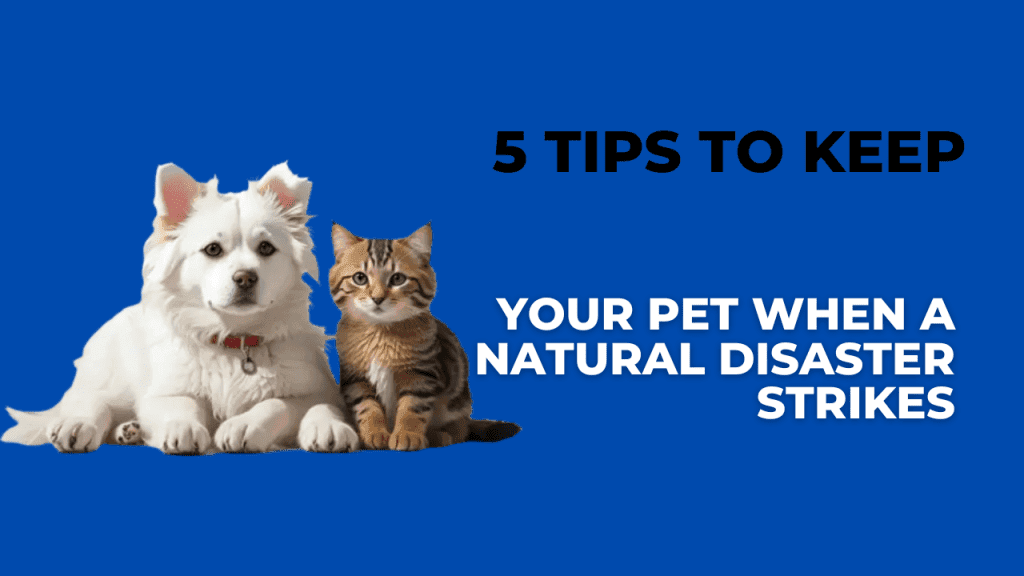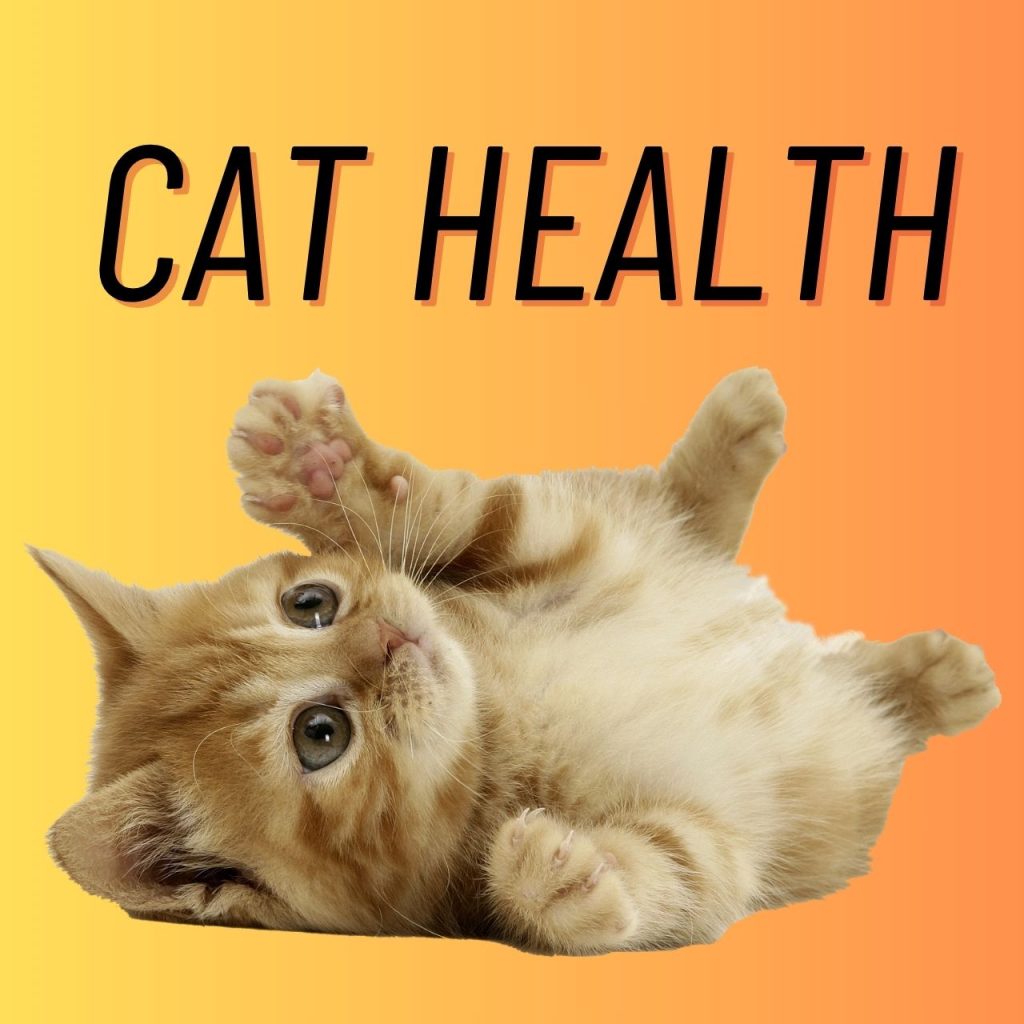Why do cats fall over in harnesses? Top 10 Tips to Stay Safe and Have Fun Outdoors
Many cats will fall over or freeze when they feel the harness because it triggers a survival response that they would employ if grabbed by a predator. You must help them overcome this instinctual behaviour with a beautiful motivation toy or treat — and lots of praise.
When cats fall over or freeze in harnesses, it’s usually because wearing a harness is an unfamiliar and restrictive experience for them. Here are some key reasons why this happens:
1. Loss of Familiar Movement
- Cats are highly sensitive to anything that restricts their natural movement. A harness can press against their bodies, making them feel like they can’t move normally, which can cause them to tip over or freeze.
- They may overreact by collapsing or “playing dead” as an instinctive response to something that feels confining.
2. Feeling Vulnerable
- Wearing a harness can make cats feel vulnerable or restrained, which can trigger a defensive reaction. Falling over or refusing to move is often their way of saying they feel uncomfortable or threatened.
- Some cats respond to the sensation by losing balance or exaggerating their discomfort.
3. Sensory Overload
- A harness might stimulate multiple sensory nerves, leading to a confused or overwhelmed reaction. The pressure from the harness can be distracting or irritating to a cat who isn’t used to it.
- Cats are creatures of habit, and a harness can disrupt their sensory expectations, leading to dramatic behaviour.
4. Instinctive “Freeze” Response
- Some cats have a freeze response when faced with a situation they perceive as threatening or confusing. They might fall over and stay still as a way of coping with the strange sensation, almost as if pretending they’re not there.
- This is similar to how some animals play dead when they feel trapped or insecure.
5. Associating the Harness with Being Held
- A harness can feel similar to being restrained or held, which some cats might associate with being carried or handled, leading them to become limp or passive.
- This reaction can fade once they become accustomed to the harness and associate it with positive experiences like play or going outside.
6. Balance Disruption
- The harness can alter a cat’s sense of balance, especially if it fits snugly around their chest or stomach. The feeling of something wrapped around them can throw off their proprioception (sense of body position), causing them to fall or stumble.
How to Get Your Cat Used to a Harness
- Introduce Gradually: Let your cat sniff and explore the harness before putting it on. Reward with treats to create a positive association.
- Start Indoors: Practice indoors in a safe, familiar space to reduce anxiety. Start with just a few minutes, gradually increasing the time.
- Ensure a Proper Fit: A harness should be snug but not tight—able to fit two fingers comfortably underneath. A proper fit can make the cat feel more secure.
- Reward and Distract: Use treats, playtime, or favourite toys to distract your cat when they first wear the harness. Positive reinforcement can help them adapt.
- Take Small Steps: Let your cat wear the harness without going outside at first. Once they are comfortable moving it indoors, they gradually transition to a leash and outdoor exploration.
Patience and consistent training can help most cats adjust to wearing a harness, though some might never fully take to it. It’s essential to go at your cat’s pace and not force the experience.
Here are the top 10 tips to stay safe and have fun outdoors:
1. Plan Ahead
- Research your destination to understand the terrain, weather, and any potential hazards. Check local guidelines or permits.
- Have a route map, tell someone your plan, and estimate your return time.
2. Check the Weather
- Always review the weather forecast before heading out. Be prepared for sudden changes and avoid outdoor activities during extreme weather conditions.
- Bring extra layers for unexpected temperature changes or rain.
3. Wear Appropriate Gear
- Dress in layers to adapt to changing conditions. Choose moisture-wicking clothes and sturdy, comfortable shoes.
- Don’t forget sunglasses, a hat, sunscreen to protect from the sun, and insect repellent for buggy areas.
4. Stay Hydrated and Fueled
- Bring plenty of water and drink regularly. Consider a hydration pack for longer trips.
- Pack nutritious snacks like energy bars, nuts, and dried fruit to maintain your energy levels.
5. Pack an Outdoor Safety Kit
- Include basic first-aid supplies, a flashlight, a multi-tool, a whistle, and a map or GPS device.
- Bring a portable charger or battery pack for your phone in case of emergencies.
6. Know Your Limits
- Don’t push yourself too hard. Choose activities that match your fitness level.
- Rest when needed, and turn back if conditions worsen or you feel unwell.
7. Respect Wildlife
- Keep a safe distance from wild animals. Do not feed them or attempt to interact.
- Store food securely and follow local guidelines to avoid attracting animals to campsites or picnic areas.
8. Stick to Trails and Established Routes
- Use marked paths to minimize environmental impact and prevent getting lost.
- If you do stray off the trail, be aware of your surroundings and landmarks.
9. Stay Connected (But Not Distracted)
- Keep a communication device like a cell phone, satellite phone, or emergency beacon. Use apps that don’t require cell service for navigation.
- Let someone know your whereabouts, but avoid distractions like constantly checking your phone—focus on enjoying nature.
10. Leave No Trace
- Practice Leave No Trace principles: take your trash with you, minimize campfire impact, and avoid damaging vegetation.
- Leave natural and cultural features as you found them for future adventurers to enjoy.
These tips will help you make the most of your outdoor adventure while prioritizing safety and fun!
Why does my cat fall over so easily?
Vestibular disease can disrupt either the inner ear or brain parts of this system, causing your cat to lose their balance. It can happen to both male and female cats of any age but is seen more often in older felines.

If your cat is falling over easily, it might indicate a health issue or condition affecting its balance. Here are some common reasons:
1. Inner Ear Problems
- Cats rely heavily on their inner ear for balance. An ear infection, ear mites, or an issue affecting the inner ear, like inflammation, can disrupt their equilibrium and cause them to fall over.
- Signs include tilting the head, scratching at the ears, or unusual ear discharge.
2. Feline Vestibular Disease
- This condition impacts the vestibular system in a cat’s inner ear, leading to symptoms like dizziness, stumbling, falling, and head tilting. Vestibular disease often appears suddenly and can resolve over time, but veterinary advice is important to rule out more serious issues.
3. Neurological Disorders
- Problems in the brain or nervous system can cause a cat to lose coordination. Neurological conditions, such as a stroke, brain inflammation, or a tumour, can lead to balance difficulties, weakness, or falling.
- Look for other symptoms like confusion, strange eye movements, or seizures.
4. Muscle Weakness or Pain
- Pain from conditions like arthritis, injury, or muscle weakness can make it difficult for a cat to stay stable. Joint problems or other painful conditions might lead to falling, especially in older cats.
5. Ataxia
- Ataxia refers to a lack of coordination in a cat’s movement, which could be caused by various factors like inner ear issues, trauma, or neurological disorders. It often results in a wobbly gait, stumbling, or frequent falls.
6. Toxins or Poisoning
- Certain chemicals, medications, or even plants can be toxic to cats and affect their nervous system. Symptoms of poisoning include falling, tremors, vomiting, or unusual behaviour. Immediate veterinary care is crucial if you suspect poisoning.
7. Low Blood Sugar (Hypoglycemia)
- Cats with low blood sugar may appear weak, disoriented, or prone to falling. This can be common in kittens, diabetic cats, or those not eating enough.
8. Vision Problems
- If your cat is struggling to see clearly due to conditions like cataracts or other eye issues, it may have trouble navigating its environment, leading to falls or bumps.
9. Injuries or Trauma
- A recent injury, like a fall or accident, could impact your cat’s coordination. Even if an injury isn’t visible, internal trauma or damage can cause instability.
10. Old Age or Cognitive Dysfunction
- As cats age, they may develop age-related conditions that impact balance, like cognitive dysfunction syndrome (similar to dementia in humans), leading to increased clumsiness or disorientation.
Next Steps
- Observe Your Cat: Note any other unusual symptoms—changes in appetite, behaviour, or physical signs like head tilting or tremors.
- Limit Movement: Keep your cat in a safe, confined space to prevent injury from falls until you identify the cause.
- Visit the Veterinarian: A vet can provide a thorough examination, potentially including blood tests or imaging, to diagnose the cause and suggest the best treatment.
A quick vet check can help pinpoint what’s going on and ensure your cat gets the right care to stay happy and healthy.
Table of Contents
Toggle




